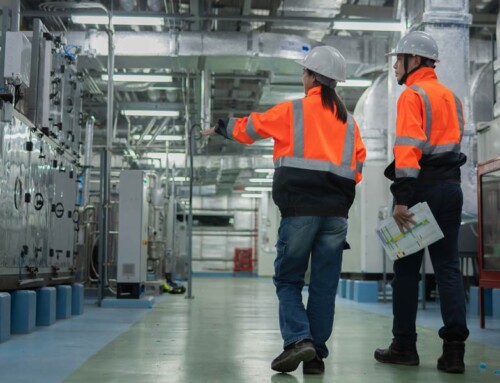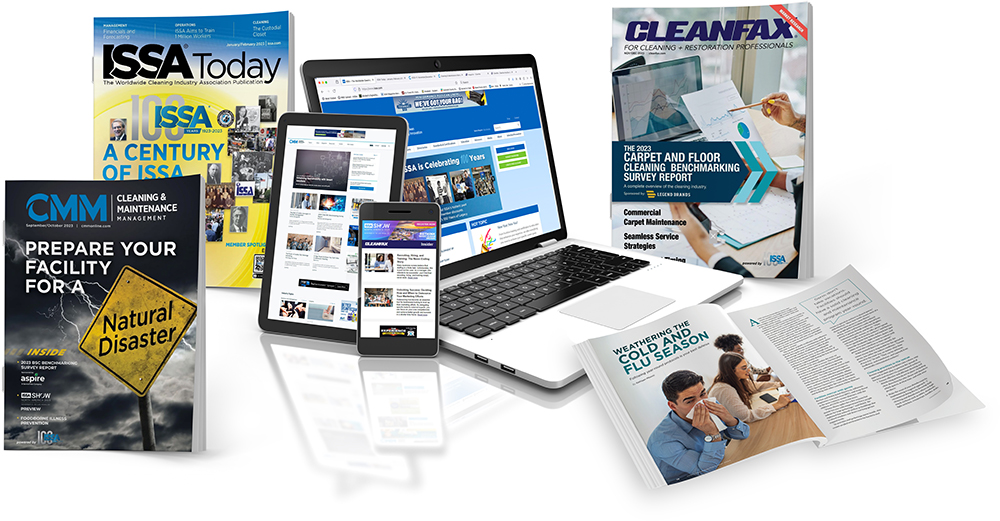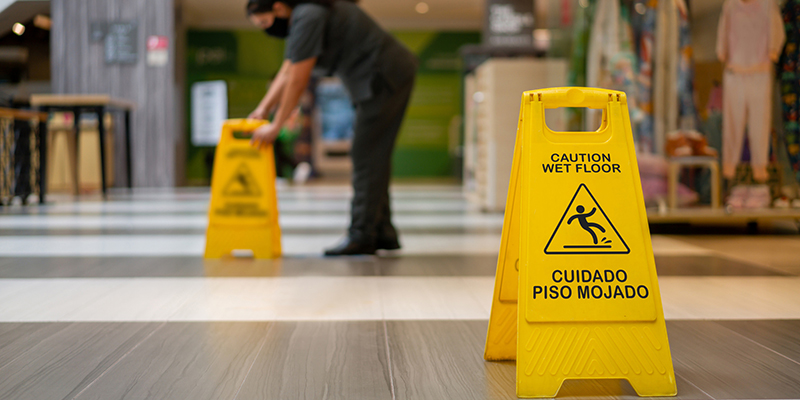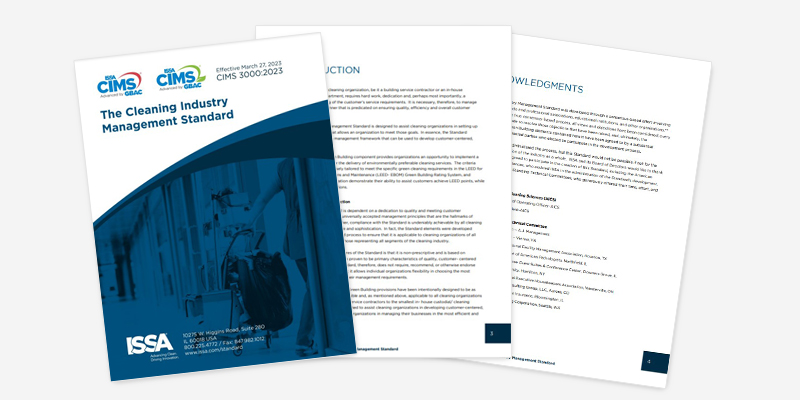What is the Difference Between Sanitizing and Disinfecting?
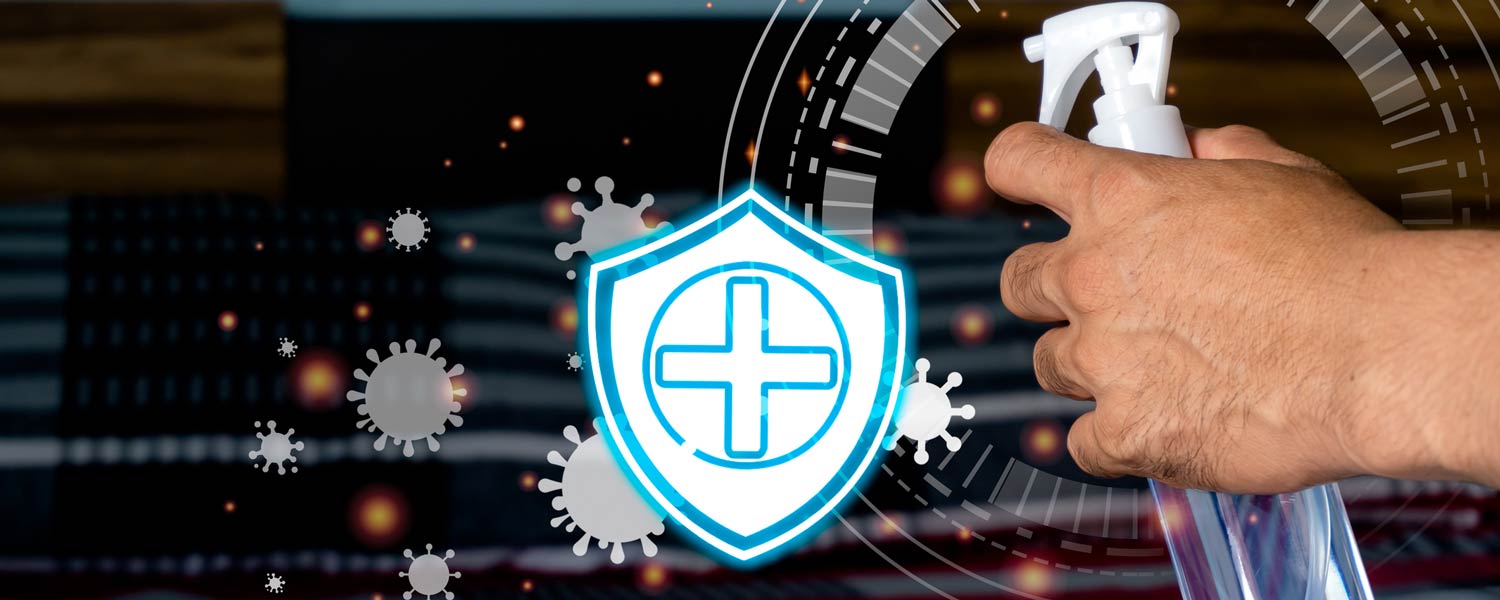
When it comes to cleaning and maintaining health standards in various facilities, it’s essential to understand the difference between two key terms: sanitizing and disinfecting. These processes are not the same, although many people use them interchangeably. Understanding the distinction is critical to ensuring that the right cleaning method is applied in the right situation. For optimal cleaning and safety protocols, some facilities even turn to the GBAC Star™ Accreditation, a program that focuses on ensuring the highest standards in cleaning and disinfection. But before diving into advanced solutions, it’s important to know the basics: What exactly is sanitizing, and how does it differ from disinfecting?
What Is Sanitizing?
Sanitizing refers to the process of reducing the number of germs and bacteria on surfaces to a safe level. It doesn’t necessarily kill all microorganisms, but it lowers their population to a level that meets public health standards. While sanitizing is often effective in everyday situations, it’s not as thorough as disinfecting. Sanitizing is typically used in environments where you don’t need to eliminate all bacteria and germs, but you want to reduce the risk of illness or contamination.
Key Characteristics of Sanitizing:
- Objective: To reduce germs to safe levels, making areas cleaner and safer.
- Effectiveness: Sanitizing products kill or reduce a broad range of germs, but they are not designed to eliminate all harmful microorganisms.
- Common Uses: Kitchen surfaces, food prep areas, bathrooms, and common spaces.
- Products: Common sanitizing agents include sprays, wipes, and soaps formulated to reduce microbial presence.
In commercial settings, sanitizing is an essential part of daily cleaning routines, especially in environments like restaurants and foodservice businesses. These areas need to meet health standards to prevent the spread of foodborne illnesses without the need for full disinfection.
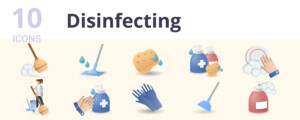
What Is Disinfecting?
Disinfecting, on the other hand, is a more intensive process. It involves using chemicals or methods specifically designed to kill harmful bacteria, viruses, and fungi on surfaces. Disinfecting is necessary in environments where higher levels of microbial control are required, such as healthcare facilities or high-traffic public areas.
Key Characteristics of Disinfecting:
- Objective: To kill harmful microorganisms entirely.
- Effectiveness: Disinfectants are designed to target and kill a wide variety of pathogens, including viruses and bacteria.
- Common Uses: Healthcare facilities, schools, gyms, public spaces, and high-touch surfaces.
- Products: Disinfectants like bleach, alcohol-based solutions, and other industrial-grade cleaning agents.
Disinfecting is often essential when dealing with environments that pose a higher risk of spreading disease, such as hospitals and schools. This process helps ensure that pathogens like the flu virus, norovirus, and other harmful bacteria are eliminated from surfaces.
Sanitizing vs. Disinfecting: When to Use Each
While both sanitizing and disinfecting are critical in maintaining cleanliness, knowing when to use each method is crucial to achieving the desired results. Here’s a closer look at when each process is appropriate:
When to Use Sanitizing:
- Foodservice Environments: Sanitizing is commonly used in kitchens, cafeterias, and restaurants where food is prepared and served. Surfaces in these areas need to be sanitized regularly to prevent the growth of bacteria that could lead to foodborne illnesses.
- Low-Risk Environments: In places where the microbial load is lower, such as offices or general public spaces, sanitizing is often sufficient for routine cleaning.
- General Cleaning: For daily maintenance, sanitizing can help keep surfaces like countertops, sinks, and restrooms safe without the need for harsh chemicals.
When to Use Disinfecting:
- Healthcare Facilities: Hospitals, clinics, and nursing homes require disinfecting to prevent the spread of infections. Areas that come into contact with bodily fluids, such as patient rooms, should be disinfected regularly. The Healthcare Surfaces Institute has resources to help you establish safe standards and protocols for disinfecting in the healthcare space.
- High-Touch Public Spaces: Places with heavy foot traffic, such as schools, public transportation, and gyms, benefit from frequent disinfecting to eliminate germs and prevent outbreaks.
- Pandemic Response: During public health emergencies, such as the COVID-19 pandemic, disinfecting is essential in high-risk areas to limit the spread of contagious viruses. Follow organizations like the CDC during pandemic outbreaks to stay up to date on the best procedures to follow for outbreak prevention.
In general, sanitizing can be used as part of routine cleaning, while disinfecting should be reserved for areas where a higher risk of contamination exists.
Key Differences Between Sanitizing and Disinfecting
| Feature | Sanitizing | Disinfecting |
| Goal | Reduces the number of germs to safe levels. | Kills harmful microorganisms, including bacteria, viruses, and fungi. |
| Effectiveness | Lowers microbial presence but does not eliminate all germs. | Kills or inactivates pathogens completely. |
| Common Environments | Kitchens, bathrooms, public restrooms. | Hospitals, clinics, schools, gyms, public transport. |
| Required Chemicals | Typically lower-strength solutions. | Stronger chemicals such as bleach or alcohol-based solutions. |
| Frequency | Regular, everyday cleaning. | Intensive, periodic cleaning as needed. |
Best Practices for Cleaning and Hygiene
Understanding the difference between sanitizing and disinfecting is only the first step. To maximize the effectiveness of both, it’s essential to follow best practices for each:
- Follow Product Guidelines: Always use sanitizers and disinfectants according to the manufacturer’s instructions. This ensures maximum effectiveness and safety.
- Clean Surfaces First: Dirt and grime can interfere with the effectiveness of both sanitizing and disinfecting products. Always clean surfaces before applying sanitizing or disinfecting solutions.
- Focus on High-Touch Areas: Disinfect frequently touched surfaces, such as door handles, light switches, and countertops, especially in high-traffic areas.
- Regular Cleaning Schedules: Set a routine for sanitizing and disinfecting based on the risk level of each area. Higher-risk areas, such as healthcare facilities, should have more frequent cleaning.
For organizations looking to implement comprehensive cleaning practices, the GBAC Star™ Accreditation offers valuable guidance and certification to ensure cleaning and disinfection protocols meet the highest standards.
Conclusion
In conclusion, while both sanitizing and disinfecting are integral to maintaining a clean and safe environment, they serve different purposes. Sanitizing is ideal for general cleaning and everyday surfaces, whereas disinfecting is necessary in high-risk areas where the goal is to eliminate harmful pathogens. By understanding when and how to use each method, you can ensure that your cleaning practices meet the necessary health and safety standards.
To learn more about improving your cleaning protocols, explore GBAC Star™ Accreditation and see how it can elevate your facility’s hygiene practices.

